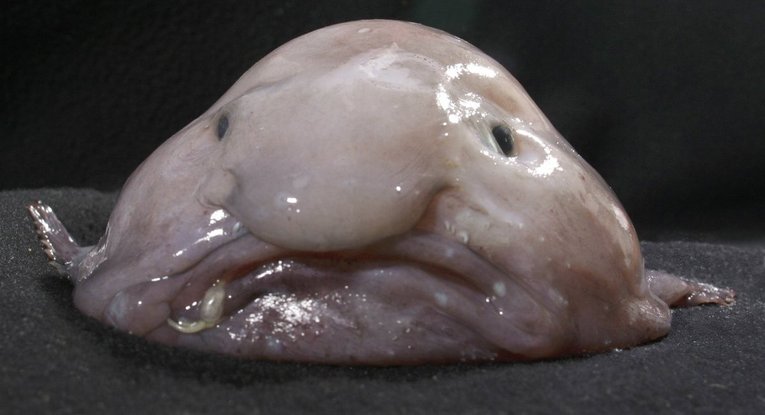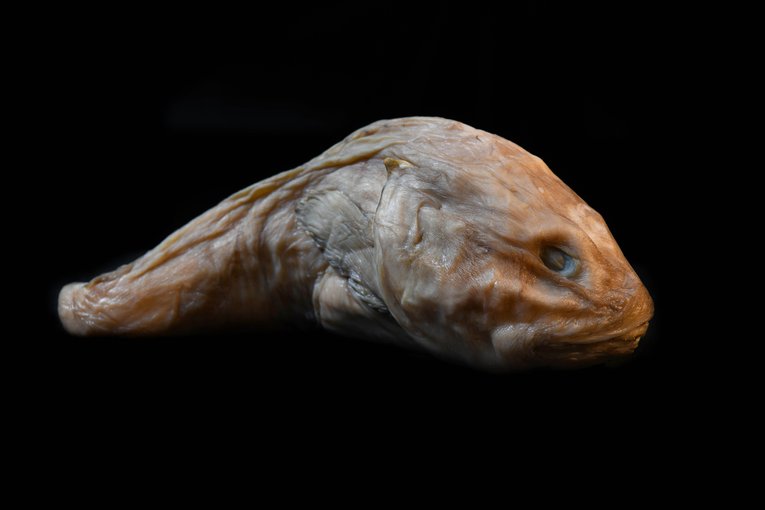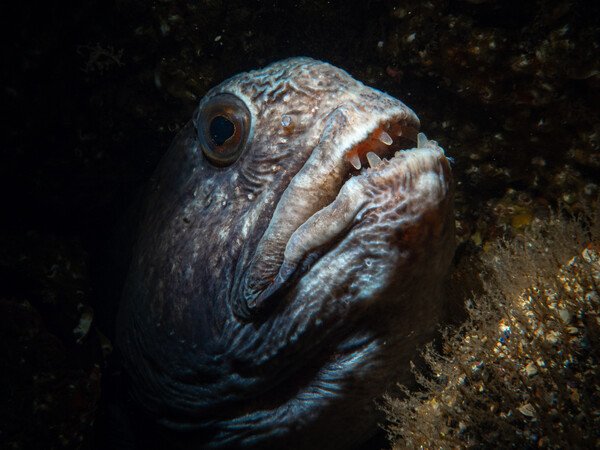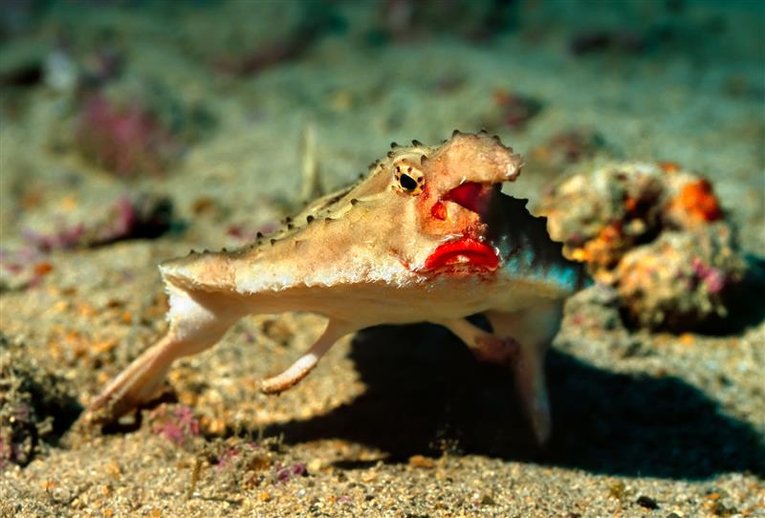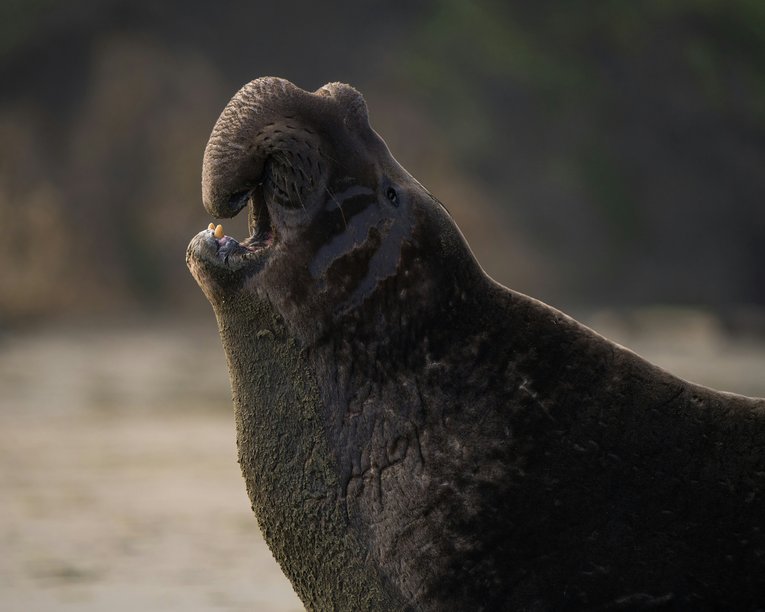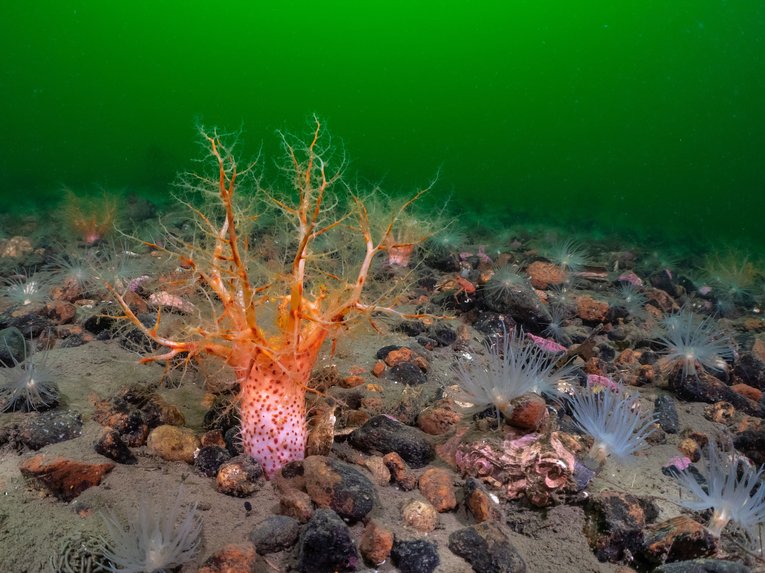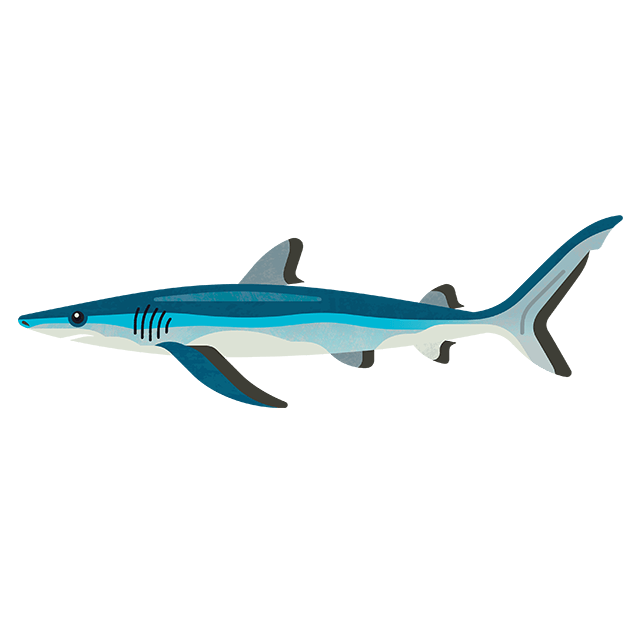
Five ugly sea creatures that deserve some love
Beauty may be in the eye of the beholder, but some sea creatures have it more difficult than others.
The ocean is full of breathtakingly beautiful creatures but not every underwater resident is ready for its close-up. There are some sea animals that go against all beauty standards and challenge our idea of what nature is supposed to look like. Check out five sea creatures we think deserve their moment in the limelight.
Blobfish
Atlantic wolffish
The Atlantic wolffish often looks it has just been woken up from a nap. Its bulging eyes and six-mile stare give it a look of permanent confusion, and its protruding teeth give it a goofy overbite. With a body similar to blennies’, the wolffish looks like a cross between a fish and an eel, adding to its disconcerting appearance. What makes the Atlantic species interesting is its ability to produce a natural anti-freeze that prevents its blood from freezing in the cold water it inhabits.
Galápagos batfish
This bottom-dwelling fish, also named the red-lipped batfish, looks like a child who has found their mum’s lipstick. Although it can swim small distances, its pectoral fins have evolved into legs, making it known for walking rather than swimming along the ocean floor.
Elephant seal
Elephant seals are among the most bizarre-looking marine mammals, thanks to the males’ oversized, trunk-like nose which gives off serious Squidward vibes. This inflatable snout, called a ’proboscis’, isn’t just for show though; it amplifies deep, guttural roars which are used to intimidate rival males and impress females. In the world of elephant seals, a bigger schnozz means more status, and dominant males with the most booming bellows often secure harems of females during breeding season.
In fact, elephant seals hold the record for the deepest dives of any seal species, plunging to depths of up to 1,550 metres in search of squid and fish.
Sea cucumber
With their soft, tube-like bodies and leathery skin, it’s easy to see how sea cucumbers got their name, and why they’re not winning any beauty contests next to their echinoderm cousin, the starfish. These squishy creatures resemble the fruit and veg you forgot existed in the back of your cupboards. They use feathery tentacles around their mouths to scoop up dead plant and animal material in the water while others crawl about the seabed eating it from the floor.
If that weren’t strange enough, many sea cucumbers breathe through their bottoms. It’s a trait that firmly places them among the ocean’s ugliest and most fascinating inhabitants.
Ugly doesn’t mean unloved
They may not be as photogenic as dolphins or seal pups, but weird-looking marine creatures are just as important. From cleaning the ocean floor to regulating food chains, these underappreciated species play vital roles in keeping marine ecosystems healthy.
What makes them strange is exactly what makes them special; every bizarre trait, from inflatable noses to a gelatinous body, is the result of millions of years of evolution. These adaptations help them survive, thrive, and support the ocean’s delicate balance. The fact that they exist shows the splendour of life under our seas. Bit this is being threatened from rising ocean temperatures, pollution, and unregulated fishing.
Protecting them isn’t just about saving the weird and wonderful, it’s about safeguarding biodiversity and the balance of life beneath the waves. That’s why we’re working to restore and protect our blue spaces for wildlife, for people, and for the planet. Because even the ugliest sea creatures deserve a safe place to call home.



